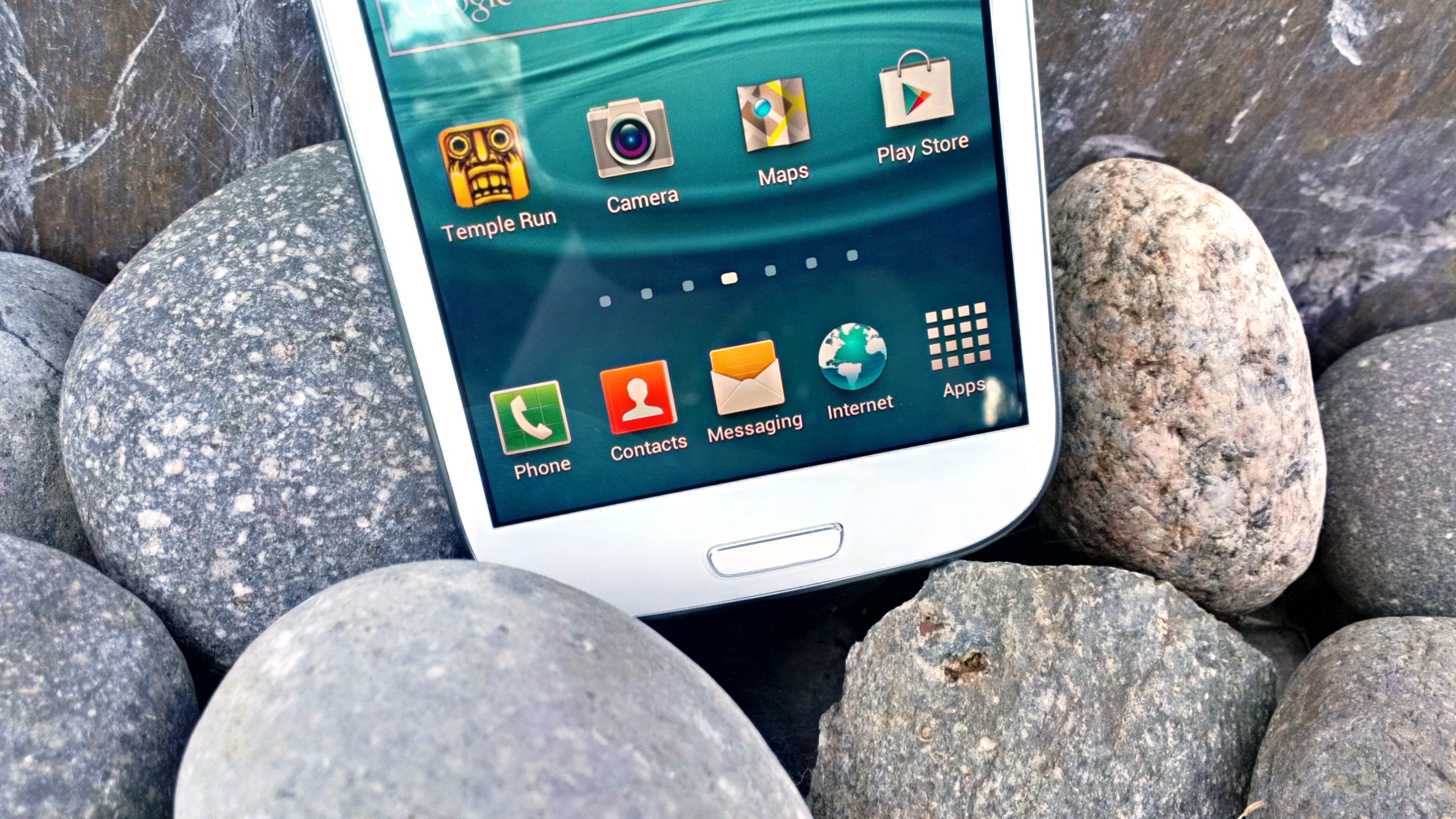'Art of the possible' dictating the future of our phones, says ARM
British company going well beyond tea-leaves for future predictions

Predicting what features you will be using in the next generation of smartphone and tablets is a matter of 'establishing the art of the possible' according to chip giant ARM.
The next generation of phones will use the current generation of chips, meaning that ARM needs to stay ahead of the curve and predict what both the manufacturer and, even more importantly, us consumers will want in our next device.
With the times between development of the designs and the inclusion in the device getting ever smaller, ARM explained to TechRadar that it was very much a mix of thinking ahead and communication with its partners that kept them at the cutting edge of innovation.
Symbiotic relationship
"We have, and always will, talk to the OEMs, because we sell [our chip designs] to those guys," ARM's Steve Steele said.
"But we also talk to their customers, so we are aware of both the market trends that, to some extent, drive the market, but also get feedback on what consumers want.
"It's a symbiotic relationship: we're working very closely to establish the art of the possible."
Sophisticated expectations
For Steele's team that is very much focused on what can be done with the graphics processors – which obviously includes the graphical ability of the device, but also any functionality that can be boosted by using GPU Compute – taking advantage of the parallel processing it offers.
Get daily insight, inspiration and deals in your inbox
Sign up for breaking news, reviews, opinion, top tech deals, and more.
"We have to achieve great things with precious little resource," added Steele as the company launched its second generation Mali-T600 products.
"People expect higher frame rates – 60 frames per second is pretty much the standard now and there is increased resolution from the likes of the Retina displays which are well beyond HD.
"And content itself is getting more complex, with shader programs becoming more sophisticated and realistic image lighting and effects.
"So we have higher expectation combined with having to do it within the usual power constraints.
"There's an opportunity for us to provide products like the T600 that meet those expectations – or will when they hit those end use products."
Patrick Goss is the ex-Editor in Chief of TechRadar. Patrick was a passionate and experienced journalist, and he has been lucky enough to work on some of the finest online properties on the planet, building audiences everywhere and establishing himself at the forefront of digital content. After a long stint as the boss at TechRadar, Patrick has now moved on to a role with Apple, where he is the Managing Editor for the App Store in the UK.
